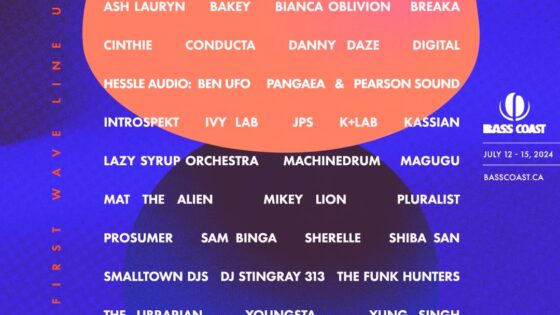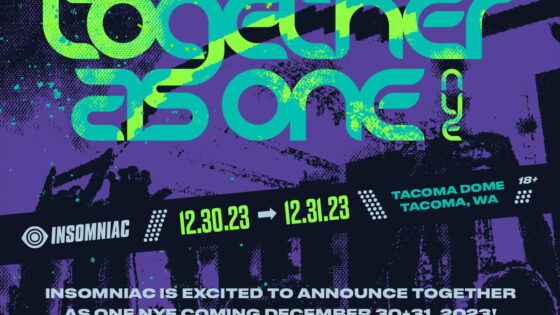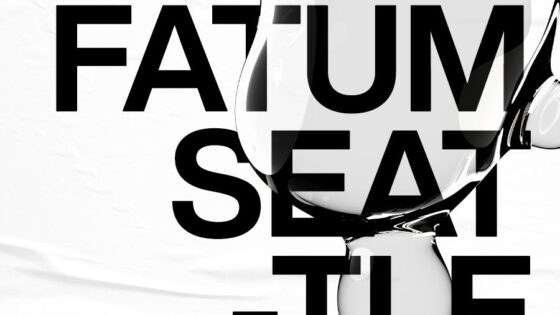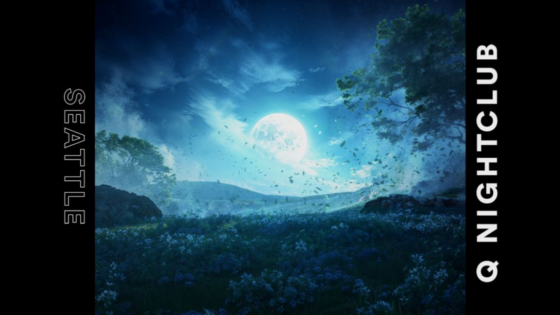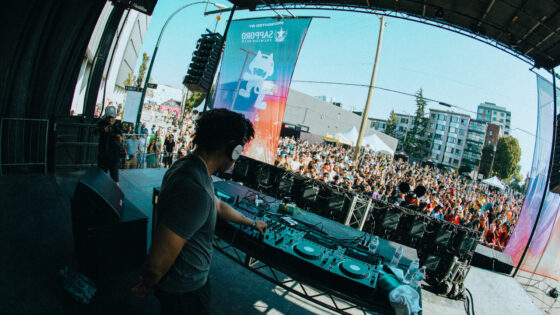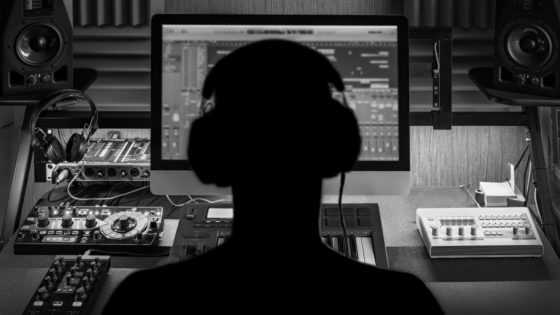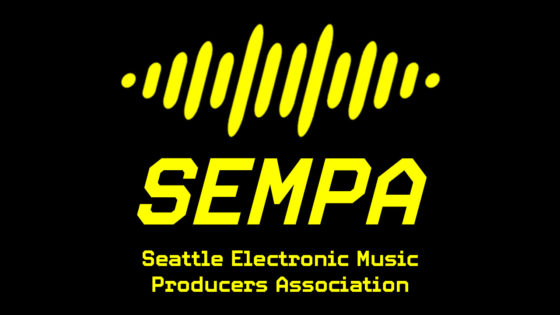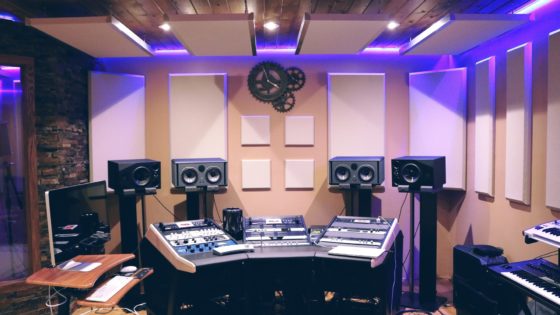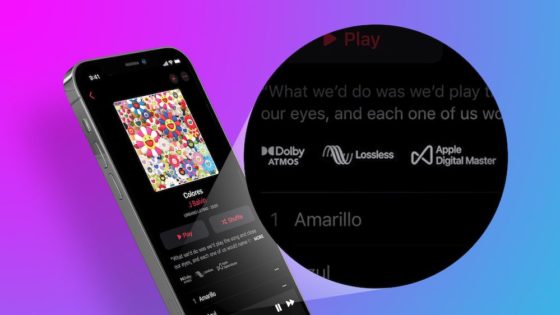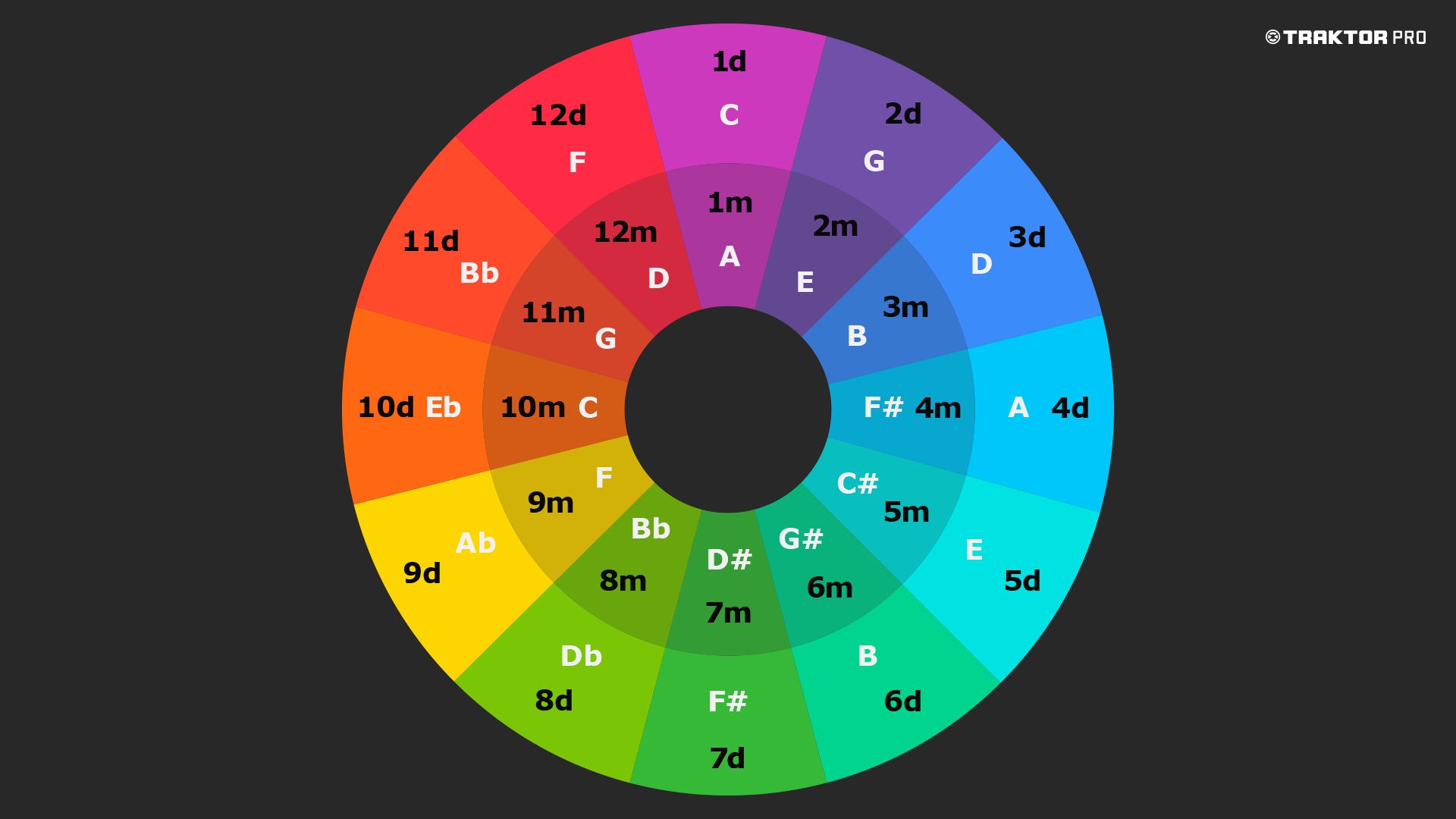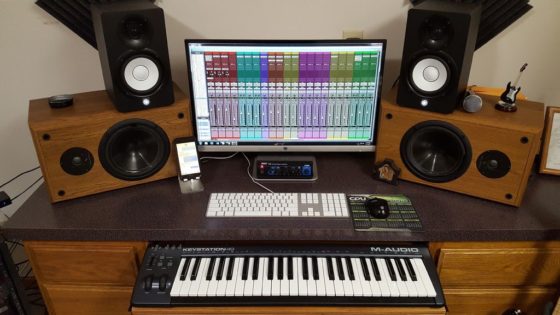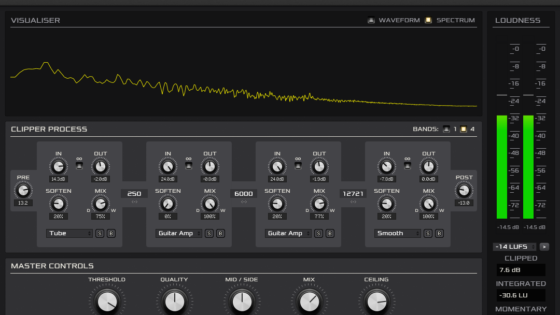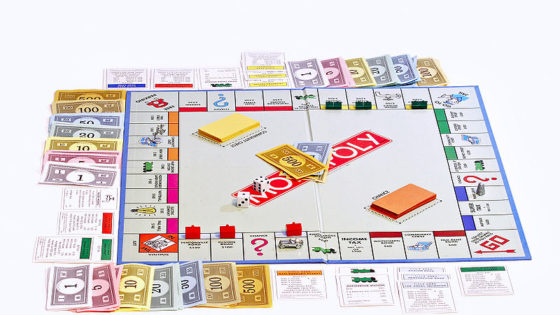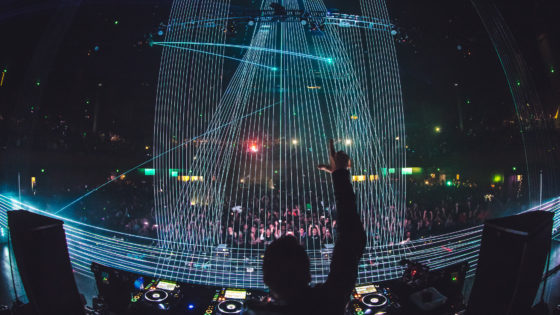Have you ever heard two songs that when combined, seemed like they were “made for each other” and went consummately together from start to finish, and practically seemed, by all accounts, to be singing together? In all likelihood, the reason these two pieces of music sounded so great together is due to the fact that they are “in key” with each other.
Keeping in mind that the end goal is to blend tracks pleasingly, DJs should know the keys of the majority of the records they play. When they know the key of their tracks, they are able to navigate through their music library harmonically. Blending agreeably enables DJs to have full control over the energy of the room since they can pick specific emotive keys. When you mix pleasingly, your vocals, tunes, and basslines will all be in key together.
Consonant blending works for each kind of music from Hip Hop, House, and Dubstep, to Ambient and Techno. You may say to yourself now, “this is all extraordinary, yet I don’t know anything about music theory.” Well, fear not. Today there is technology that will actually go through your entire music collection and write the musical keys into the metadata of your songs, so you can then view the different keys in Traktor, iTunes, Ableton, Serato, Rekordbox, or whatever your DJ Program of choice is. You can also use some of these programs to see what key your music is in, so make sure to research your media player/library of choice!
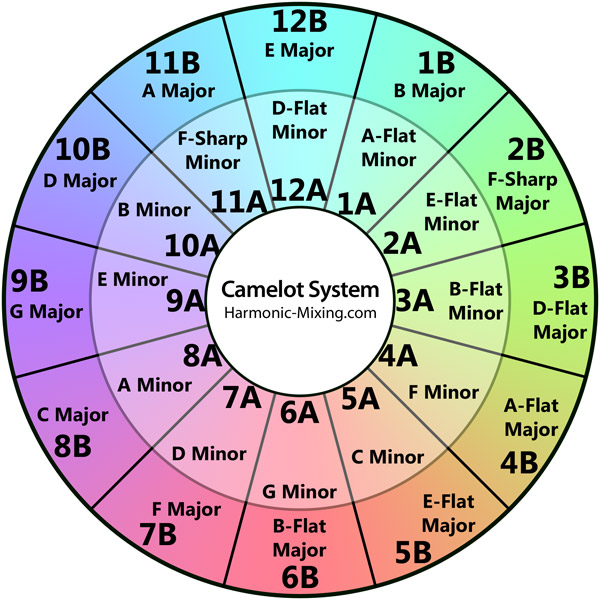
cred: http://www.harmonic-mixing.com/
Here’s Mixed In Key‘s explanation of the seemingly complex system above-
“Many professional DJs move around the Camelot wheel with every mix.
To select a compatible song, choose a keycode within one “hour” of your current keycode. If you are in 8A, you can play 7A, 8A or 9A next. If you are in 12A, you can play 11A, 12A or 1A. This mix will be smooth every time.
You can also mix between inner and outer wheels if you stay in the same “hour.” For example, try mixing from 8A to 8B, and notice the change in melody as you go from Minor to Major.
Harmonic mixing is a simple technique, but it opens up a world of creativity. You will play creative DJ sets and discover interesting song combinations. It’s easy to get started with any music genre.” (cred: http://www.harmonic-mixing.com/HowTo.aspx)
With a general framework for mixing harmonically under your belt, make sure to practice as much as you can to really wrap your head (and ears!) around this concept. By practicing mixing songs harmonically, you will begin to train your ear to hear harmonic changes in music. This is particularly helpful if you are both a DJ and musician, like most DJs consider themselves to be.
Important things happen in Pacific Northwest nightlife, and DMNW will send you alerts!






